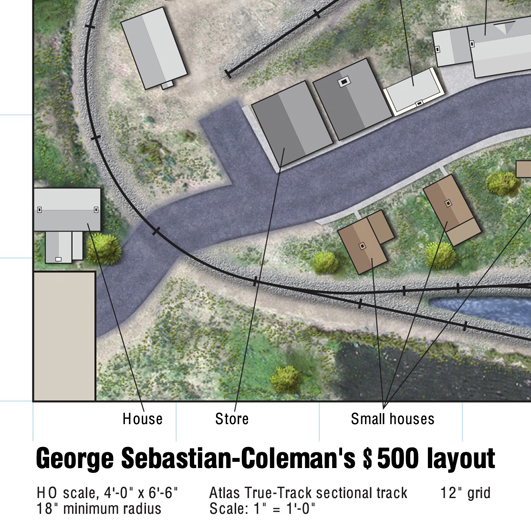
Q: I have two oval tracks, one inside the other, on a piece of 4 x 8 plywood. Just running a train around each track is boring. My funds are very limited. Do you have any suggestions as to how to make this more fun? — Elaine King A: Since space is at a premium […]
Read More…
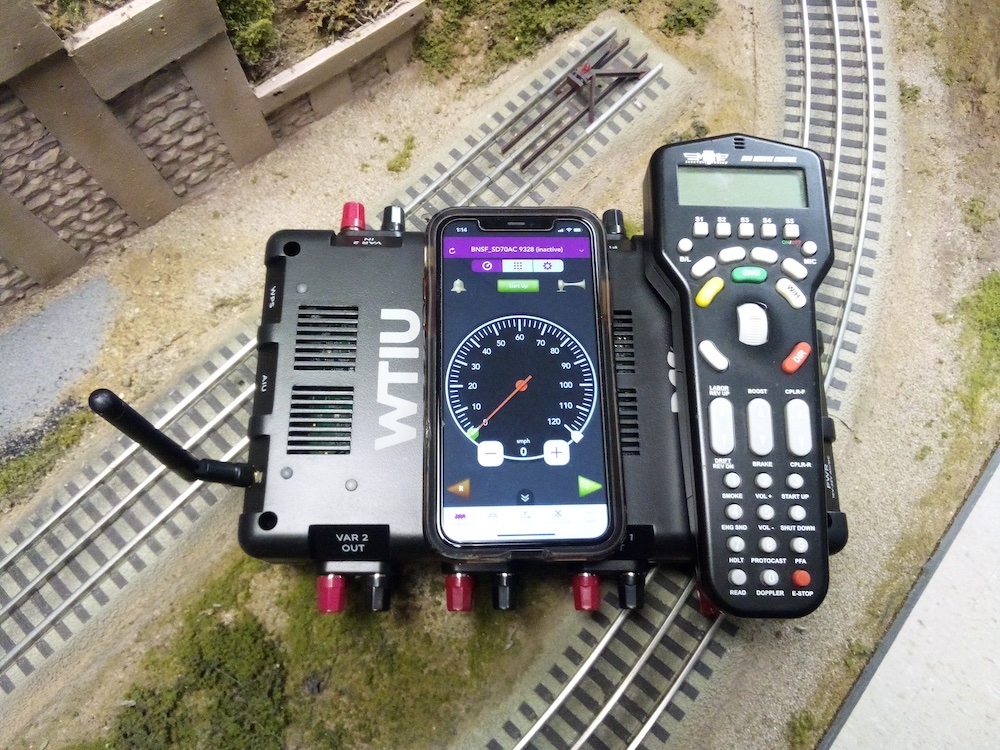
As I previously stated in the unboxing video with Classic Toy Trains Editor Rene Schweitzer, there’s going to be plenty to unpack on MTH’s DCS Wi-Fi Track Interface Unit (WTIU). One such curiosity for myself and many others regarding this latest edition to the Digital Command System family is “the remote of your choosing.” Which […]
Read More…

Q: I’ve noticed 53-foot intermodal containers on top of what I believe are 40-foot containers. What I’m not sure about is whether the smaller container is in a 40-foot well car or a 53-foot car? — David Bellamy A: The 40-foot intermodal container in the bottom position can be in a 40- or 53-foot well […]
Read More…
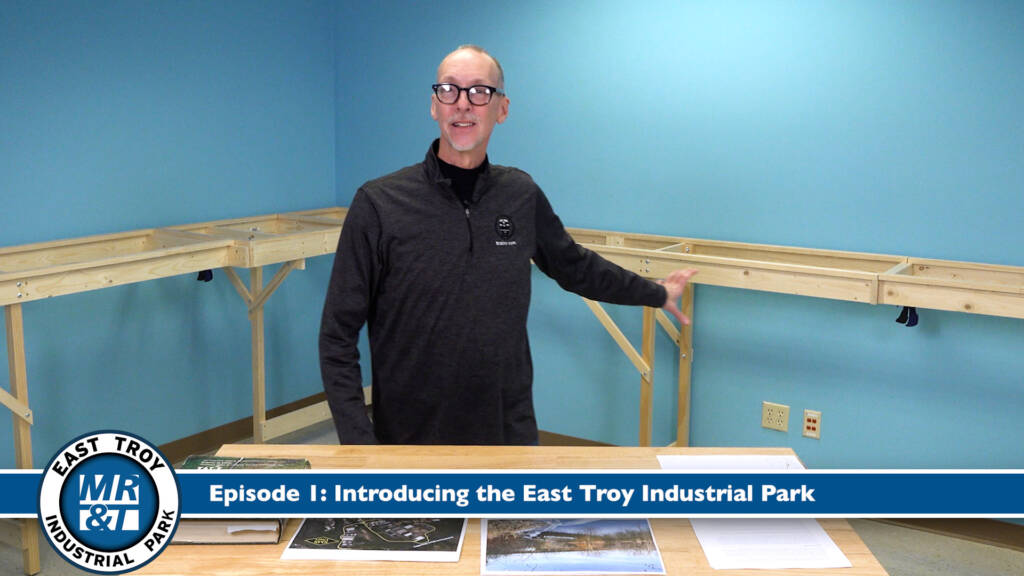
Trains.com host David Popp invites you along for this initial overview of Model Railroader magazine’s emerging HO scale (1:87.1) project layout, the East Troy Industrial Park Railroad! To get things started, David shares how 1:1 scale operations of a Class III railroad (as featured in the Trains.com Video Series “Taking Care of Business: SMS Rail […]
Read More…
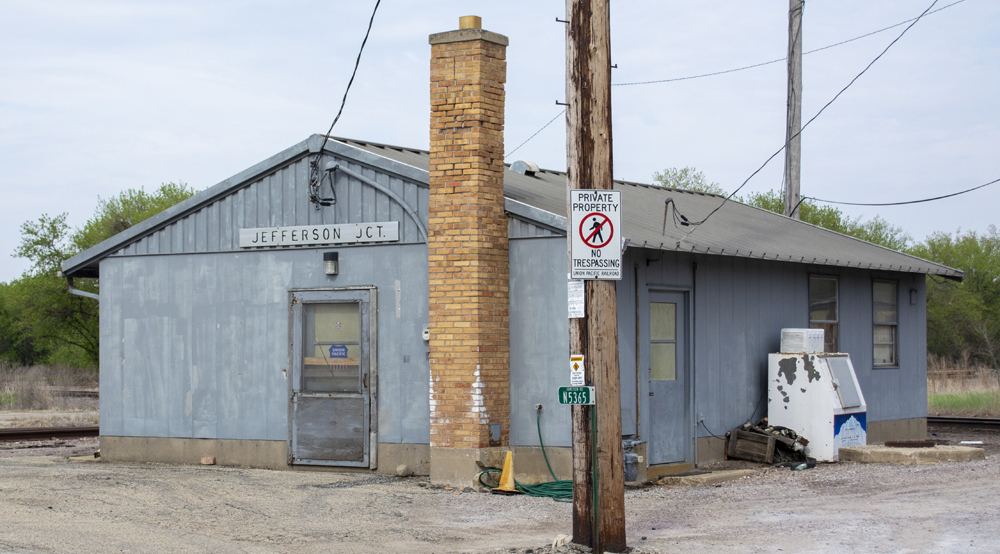
Q: I’m working on adding lineside details to my freelance model railroad. I’d like to add station signs to help my operators identify various locations on the layout. Though I’m not modeling a specific prototype, I want the signs to look realistic. Where can I find information on prototype station signs? — Bobby T. A: […]
Read More…

Locomotives, regardless of scale, have always been at the forefront of technological advancements in model railroading. Over the past decade, this trend has accelerated: bringing in innovative features and enhancements that redefine the hobby. Whether they’re seen as trailblazers for the future or as models featuring nothing but “all the bells and whistles,” let’s explore […]
Read More…
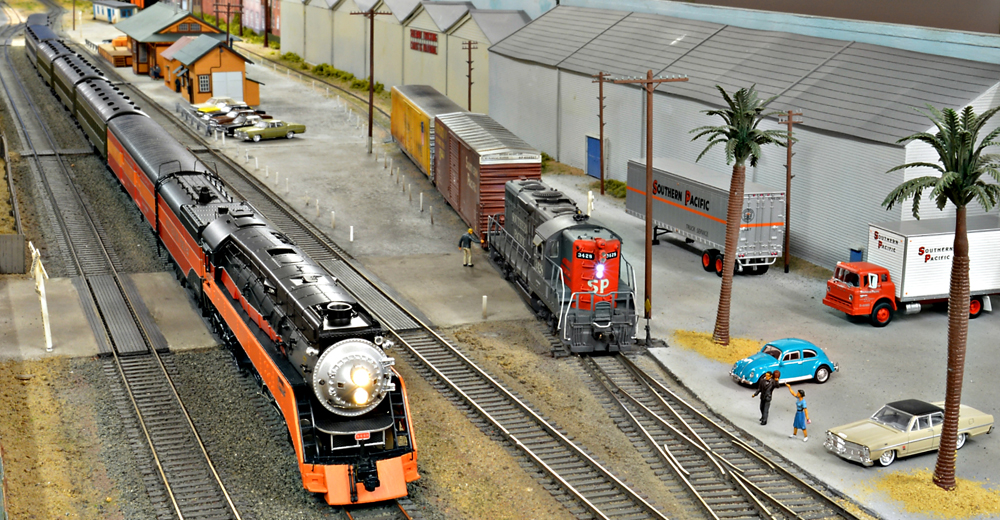
We’ve all been there before. Seated at the drafting desk, or perhaps the workbench, depending on how your layout room or workshop is set up, notebook open, pen in hand, writing out a list of desired traits for your soon-to-begin model railroad, maybe sketching possible track plans in the margins. A tale as old as […]
Read More…
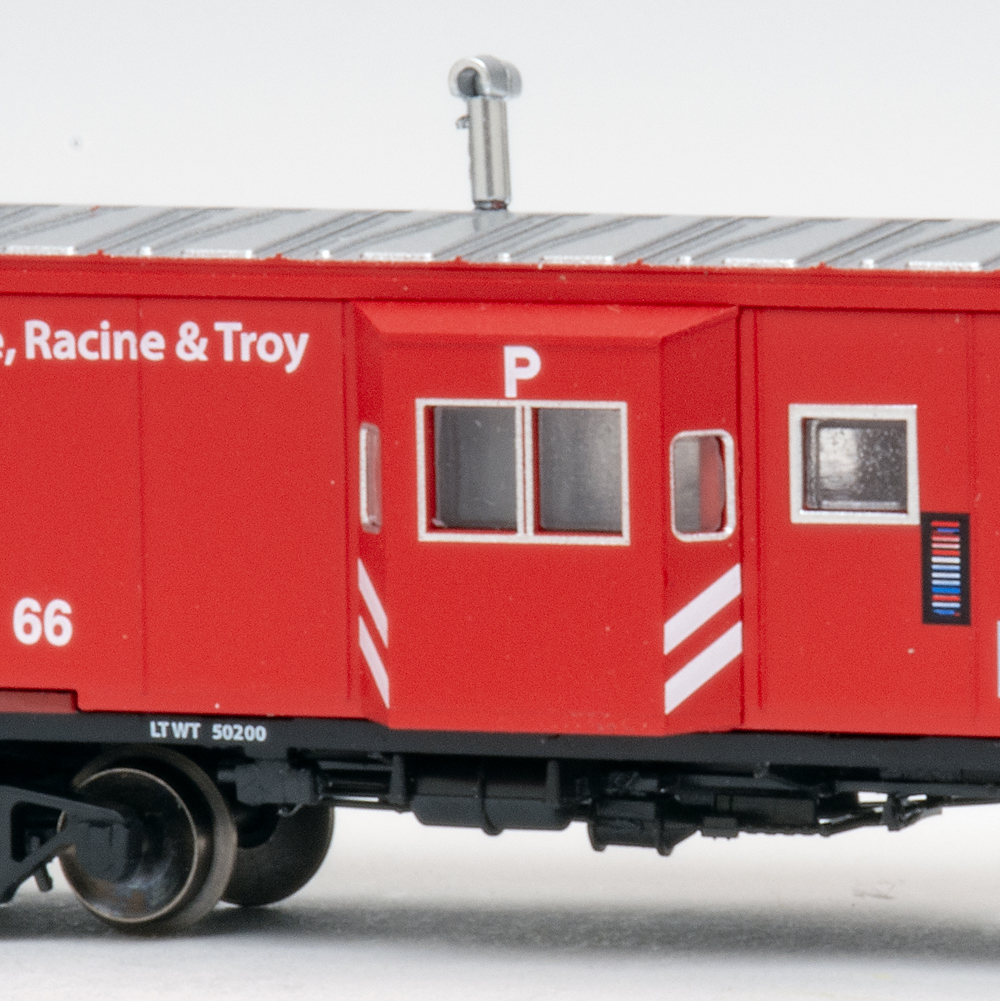
Q: I recently ordered one of the Milwaukee, Racine & Troy N scale bay-window cabooses from Shop.Trains.com. What does the “P” on top of the bay window stand for? — R. Anderson A: The “P” indicates it’s a pool caboose, one not assigned to an individual conductor or specific crew. Former Senior Editor Jim Hediger […]
Read More…
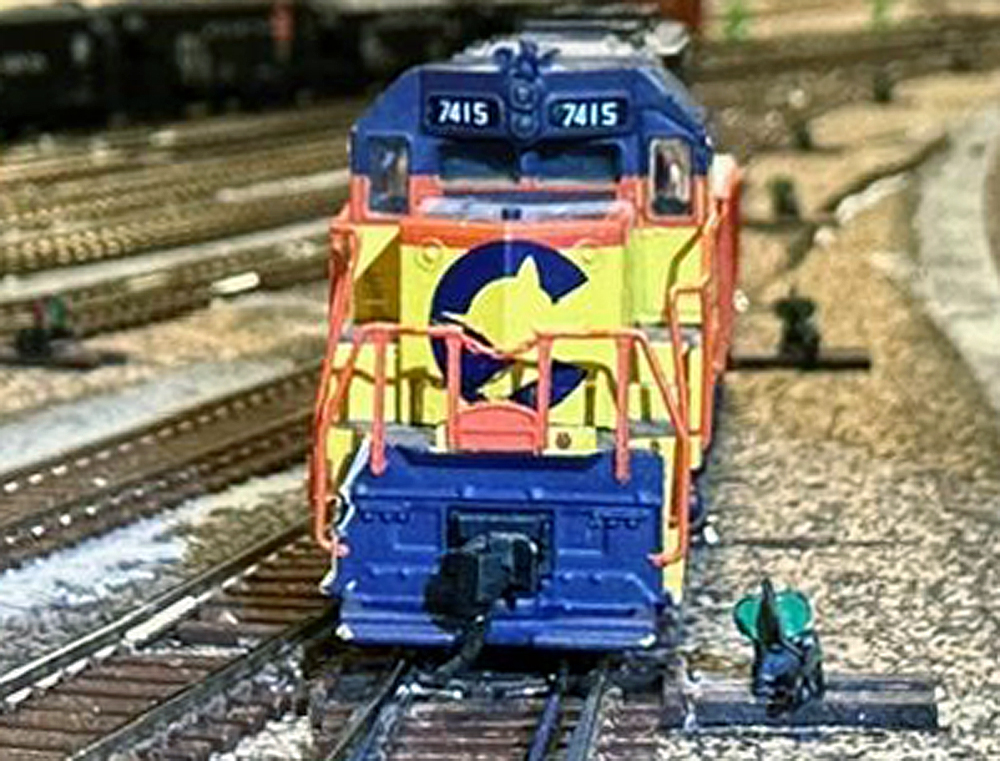
My N scale model railroad has about 50 mainline and storage track turnouts, all controlled by Tortoise by Circuitron motors and Digitrax SE8s for total control via Java Model Railroad Interface (JMRI) as well as manual local and via Digital Command Control with a DCC throttle. I’m adding another 30 to 40 or more turnouts […]
Read More…
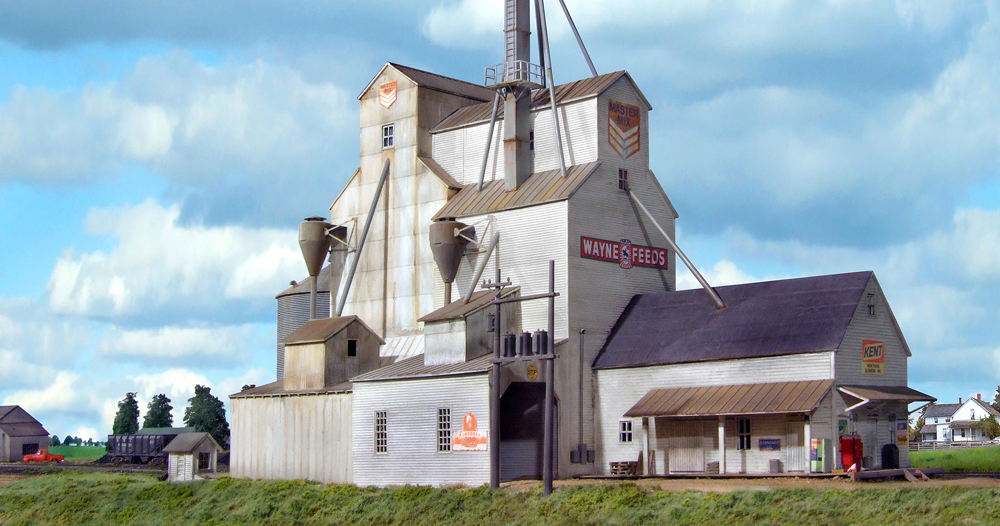
Last month we took a look at modeling urban scenery. This time around, we’ll step back from the big city and focus on rural scenery. I spent my formative years in the Red River Valley of the North, which was dotted with small towns up and down the Minnesota and North Dakota sides of the […]
Read More…
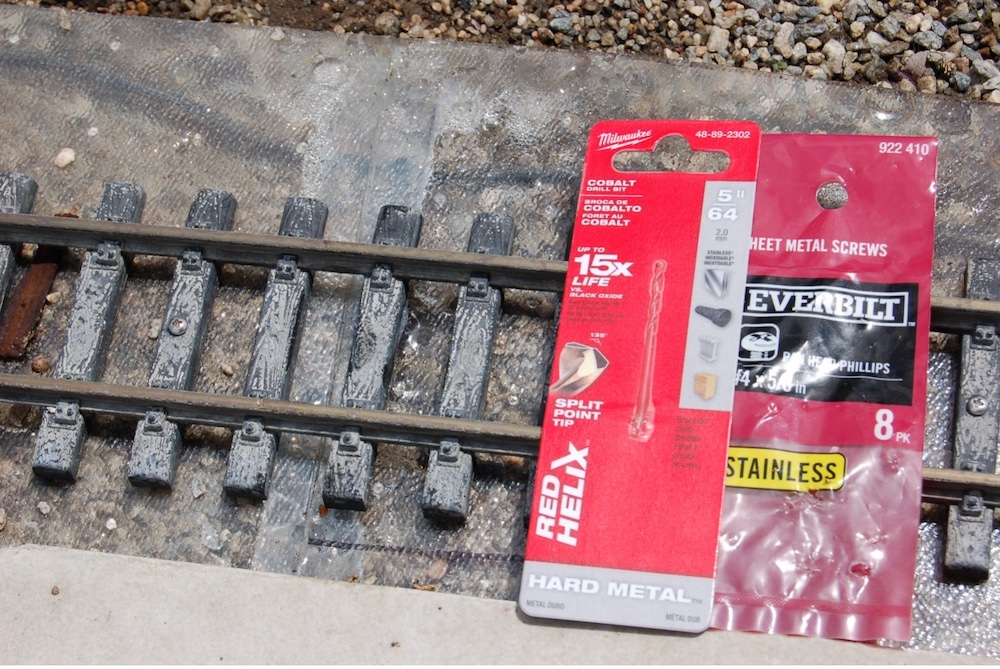
“Don’t sweat the small stuff!” That’s easy to say when you are running small equipment on your rails. Your diminutive LGB Stainz and two-axle freight/passenger coaches with hook-and-loop couplers can track over pretty much whatever you throw at them. But what of us who like to run the big stuff? Heavyweights, streamliners, and extended freight […]
Read More…

Q: How do mechanical passenger car washers work? — Steve Moore A: Keeping passenger cars clean is a never-ending battle as they’re subjected to the same dirt, dust, and grime as locomotives and freight cars. While spot cleaning, such as windows, is handled en route, extensive cleaning is handled at coach yards and larger terminals. […]
Read More…












